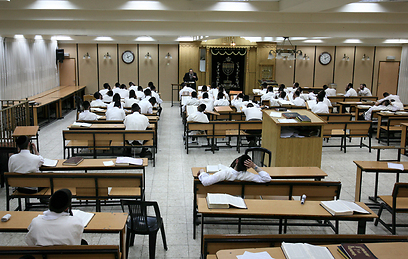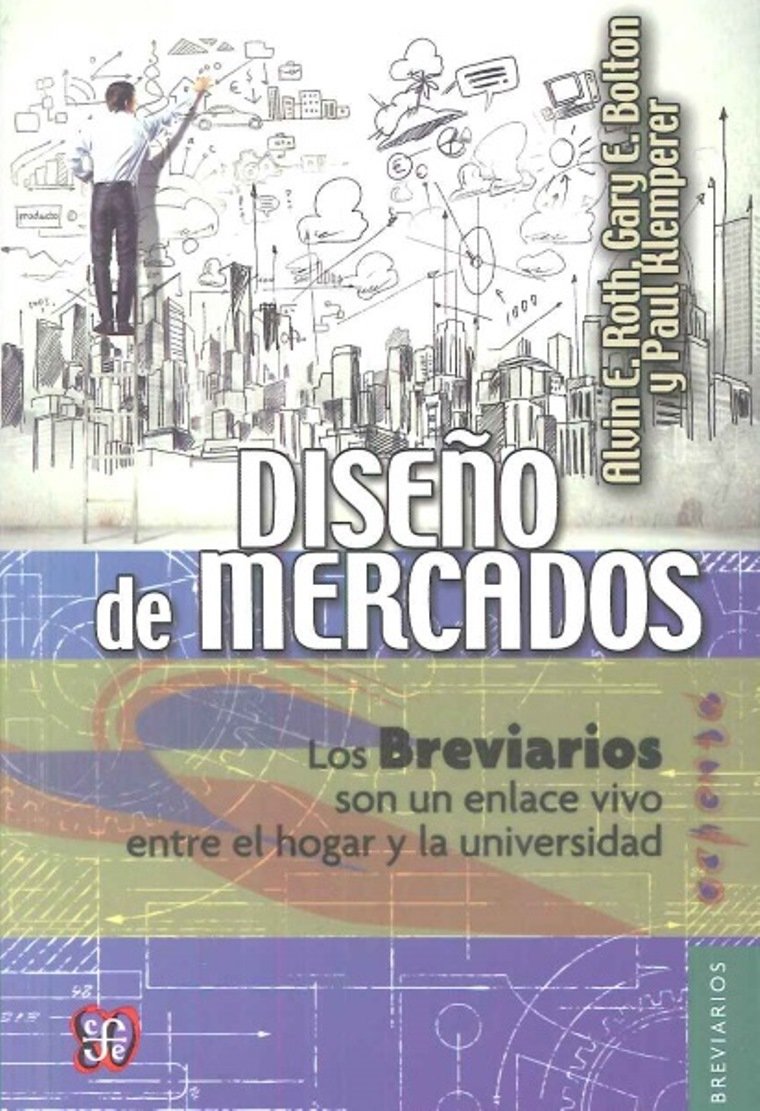The college application season is approaching, and Ariel Kaminer in the NY Times notes the stress and congestion:
Applications by the Dozen, as Anxious Seniors Hedge College Bets
"For members of the class of 2015 who are looking at more competitive colleges, their overtaxed counselors say, 10 applications is now commonplace; 20 is taking on a familiar ring; even 30 is not beyond imagining. And why stop there?
...
"A spokeswoman for Naviance, an online tool that many high school students and their counselors use to keep track of applications, said one current user’s “colleges I’m applying to” tab already included 60 institutions. Last year the record was 86, she said.
"A number of factors have contributed to this rapid escalation.
"One is the growing popularity of the Common Application, a standardized form that more than 500 colleges now honor, making the process of applying to multiple institutions far easier. Another is the tough economy, which drives students to look ever farther afield for a college that can meet their financial aid needs.
"But perhaps the most pressing factor has been plain old fear.
“Every year the story is that college is harder to get into, so kids panic and think they have to apply to more places,” said Jim Jump, academic dean and director of guidance at St. Christopher’s School in Richmond, Va. The resulting surfeit of applications drives acceptance rates down even further, making the next year’s high school seniors even more panicked.
...
"According to the National Association for College Admission Counseling, in 1990 just 9 percent of students applied to seven or more colleges. By 2011, the year of its most recent survey, that group had risen to 29 percent.
"In the class of 2014, according to Naviance, 16.5 percent of seniors using the system said they intended to apply to 11 to 20 colleges. (Naviance did not have figures on how many applications were actually filed.)
...
"But the most compelling reason not to apply to dozens of colleges, counselors say, is that more applications do not necessarily mean better odds. “It’s not like the lottery,” said Michael Carter of St. Stephen’s & St. Agnes School in Alexandria, Va.
"Ms. Sohmer said she had found that when students file 20 or more applications, “they’ve loaded on lots of ultracompetitive schools, so their list becomes disproportionately top-heavy. Or they throw in lots of schools at the end where they’re overqualified.” A far better way to increase one’s chances, she and many others agree, is to come up with a manageable but carefully selected list of schools and get serious about them.
...
"As a result, many colleges have begun emphasizing “demonstrated interest” — tiny but telling indications of how badly students want to attend. “If they’re within a reasonable distance of the campus, did they visit?” asks Patrick O’Connor, associate dean of college counseling at the Cranbrook Kingswood Upper School in Bloomfield Hills, Mich. “Did they attend a college night and fill out a card? Have they contacted a rep to ask some legitimate questions?”





